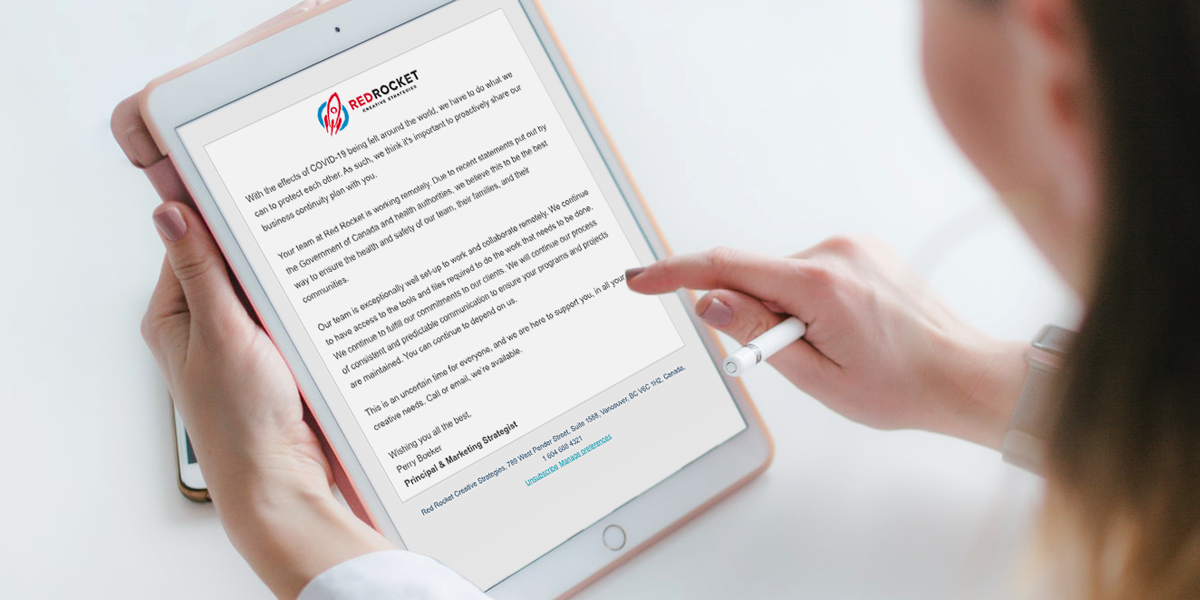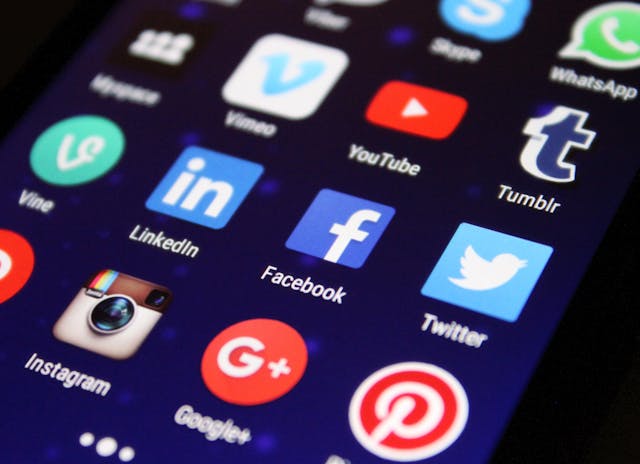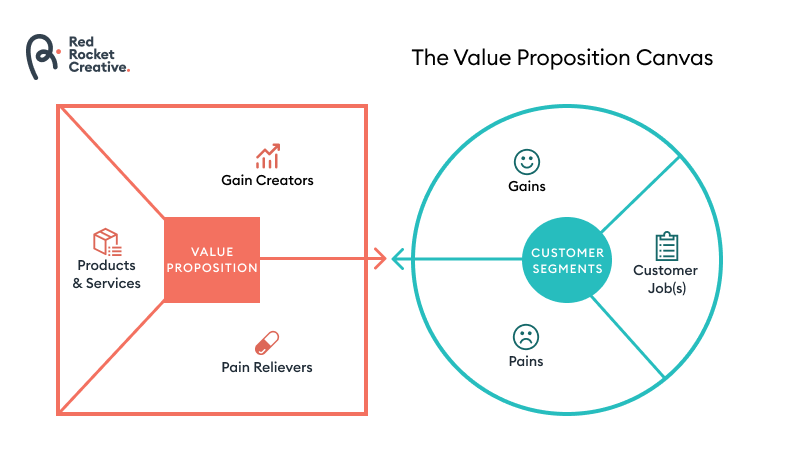Many brands are unsure what to do during the Covid-19 crisis. In the span of two weeks, their campaigns, messaging, and strategy became irrelevant. They don’t want to be silent, yet they equally don’t want to appear insensitive.
As Tom Fishburne of Marketoonist points out, “Brands are judged less by how they operate when things go right, than by how they handle situations when things go wrong.”
This makes intuitive sense: Ten good marketing campaigns can be erased by one tone-deaf campaign. Applied to a global crisis, where emotions are already running high, people will remember communications from brands that rubbed them the wrong way—and that impression sticks.
The inverse is also true.
A communication campaign that strikes the right chords will stick in people’s minds long after the Covid-19 crisis fades into history.
Communicate Your Service Changes
This is the most important email. Here you will communicate specific details about changes to your business: new hours, remote working, best ways to get in contact, etc. Many companies are also choosing to inform their clients about any changes to their staff’s salary and work hours.
HubSpot created a landing page and sent out an email communicating exactly which changes they were making to adapt to Covid-19.
.png?width=1200&name=pasted%20image%200%20(1).png)
In the post they address pain points for their clients. They know some will be looking to reduce their costs, will be wondering how to contact HubSpot support for any issues, and want to know that the HubSpot staff are being treated fairly.
After reading their write-up, clients know that:
- HubSpot is making their platform more affordable.
- HubSpot support is functioning as normal.
- Their staff are fully remote and all travel is suspended.
Sending out a similar email is straightforward. All you need to do is:
- Assemble a document that lists the changes that have been made to your business in the wake of Covid-19.
- Break it up into sections (ie. service changes, workplace changes, best ways to contact, etc.).
- Send the email to your clients and prospective clients.
Send a Personal Message to Clients
Many of our inboxes have been filled with communications from CEOs and other executives about how they’re encouraging their community to band together and overcome this challenge. This is a great email to send to clients. Because they already have a personal relationship with your business, the message comes across sincerely.
We sent such a message to our clients. We had nothing to sell. Perry Boeker, our principal director, thought that during this time, what clients would appreciate is an earnest message wishing them the best.

There is no template for writing a sincere message to clients. Your brand identity and tone of voice will influence the letter.
Do Not Email Your Entire Contact Database
In addition to the personal message from brands they are close with, many people have also received emails from companies that they gave their email to years ago and never interacted with again.
These emails should not be sent.
The urge to send an encouraging email to your entire contact database can be strong. If your business were the only one with such an idea, it may be worth doing. But you're not. Eager businesses all over the world are sending emails to their clients and contacts and yours is another in a long list.
The reason these emails are more likely to be seen as spam than encouraging is because:
- The recipient has no established relationship with you.
- They are not expecting to hear from you.
- They are not particularly interested in hearing from you.
Instead of sending out this email, evaluate the reasons why you wanted to send the email in the first place. Is it because you wanted to help your community? Is it because you wanted to offer a message of hope? Often the underlying reason for the idea is powerful. Instead of an email, think of more powerful ways to get your message across.
Find Ways Your Service Helps Your Community
New challenges create new pain points for clients to overcome. In retail, businesses face the problem of customers unwilling to travel to their shopfront. Their solution? Waive delivery fees, return fees, and purchase minimums. Offer curbside pickup. Personally deliver the product within a 10km radius.
What part of your business has become valuable to your clients? Montridge Advisory Group, a benefits advisor in Vancouver, has found that their knowledge of financial wellness, tax changes, and health and wellness is important to their clients at this time.
Their content has shifted accordingly. They’re sending emails to inform their clients about the latest insurance carrier changes, providing their clients with resources they need to help their employees at this time. Additionally, they created a resource database for anyone looking for updates on financial aid, mental health treatment, or government updates.
Though their primary service is getting businesses the right benefits packages for their needs, they understand that their intimate knowledge of finances, wellness, taxes, and insurance carriers are important to their clients and community.
Take a look at your business. What can you provide that will help your community? What is preventing clients and your community from using your product or services? Remove those barriers. Then communicate with your clients that they’ve been removed.
Key Takeaways
Getting your messaging right is not easy at the best of times, let alone in the middle of a global pandemic. Knowing which part of your contact database needs to hear from you, and what they need to hear, is the first step to forming deeper relationships with your community. Then, finding ways to make services your clients need easily available proves that you truly are there for them in their time of need.
Sangeet Anand
Director of Digital Marketing Sangeet draws on her business background, creativity and technical know-how to deliver innovative marketing solutions for a variety of our clients.




